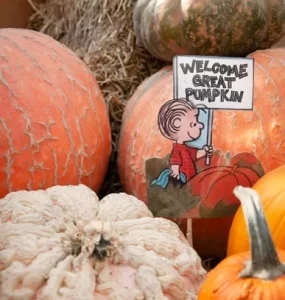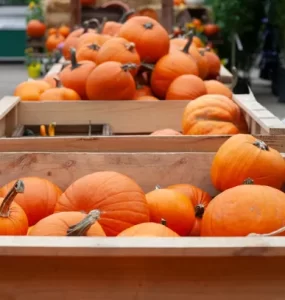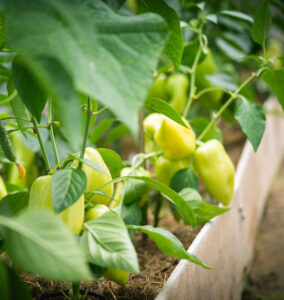Growing Carrots & Beets
by Rob Sproule
Watch videos on How to grow your own food Here
Both beets and carrots are ideal for small space Alberta gardens. They thrive in our cool spring and fall seasons, have a long shelf life so we can have fresh vitamins into the winter, and they thrive in small space gardens and containers.
From Seed to Seedling
Before you plant, check your soil. Both crops prefer loamy, well drained soils. If you pour water on your soil and the puddle doesn’t drain, consider fluffing the top shade depth with peat moss. You also plant the seeds on the top of small ridges for better drainage.
The best way to grow roots veggies is to direct seed them. You usually do this in mid-May (weather-dependent, of course) once the soil has thawed. Test to see if the soil is warm enough by digging your finger into the first inch; if it’s chilly to the touch wait a few days or the seed will have trouble germinating.
To seed, tap a row about 2 cm deep and sprinkle it about half full with peat moss. The peat will give the roots an easy start.
Beet seeds have a shell that makes them slow to germinate. Soaking them overnight will speed things along for you.
Try mixing some radish seeds in with the carrots. Radishes germinate faster and will identify where your carrots are until they emerge. Ideally you want them about 1 cm apart but their small size makes this interesting.
These crops are ideal for container growing because they need soil that’s free of weeds and a regular supply of water. You can also fill a container with a deep, porous soil for the roots to thrive. They can start earlier in containers because you don’t have to wait for the soil to thaw. Make sure your container is at least a foot deep for the roots to grow.
From Seedling to Eating
Carrot roots don’t like hot summers and grow best between 15 and 18 degrees C. They love airy, organic, peaty soil where their soil can grow and swell easily.
Both crops will thrive in the partially shady spot where sun loving vegetables won’t. Beet roots often dig a meter or more down so don’t plant them within tree drip-lines or other places where they will have to compete with more established roots.
Like most veggies, carrots and beets need to be well-watered or the roots will get fleshy and tough. If your soil is very fast draining (which is a good thing), keep an eye on them when the summer scorch descends.
Thinning them out regularly will not only help the maturing roots take on the proper shape, it will provide you with sweet baby carrots to graze on while you lounge in the garden and baby beets to enjoy at dinner. Aim to thin until they are 3 inches apart if you want full size roots.
Get into the habit of rotating your veggies around the garden in a 3 year cycle with the other crops. Root eating pests survive the winters under the soil and their numbers build exponentially over the years. If you deny them a rooty food source you’ll nip that in the bud.
When it comes to fertilizing carrots prefer potassium (middle number) to nitrogen (first number), which can lead to hairy and fibrous roots if applied excessively. Sprinkling some wood ashes amongst your carrots is a great way to give them an extra dose of potassium.
Harvest and Enjoy
Beets and carrots are mature when the top of the root is just over 1 inch in diameter, although you can harvest them before that. Be wary of letting them mature too long, lest you get a tough crop. Don’t panic about an early fall frost because you can harvest even after hard frosts.
Leave about an inch of greens on both crops when you harvest. This not only extends their already long storage life, it also helps prevent the beets from bleeding away nutrients while cooking.
You can eat both beet roots and greens. Cut the greens off as you thin out the beets (they are tastiest under 6″ tall) and throw them in a salad, just make sure to leave ample greens to keep the roots growing.
















